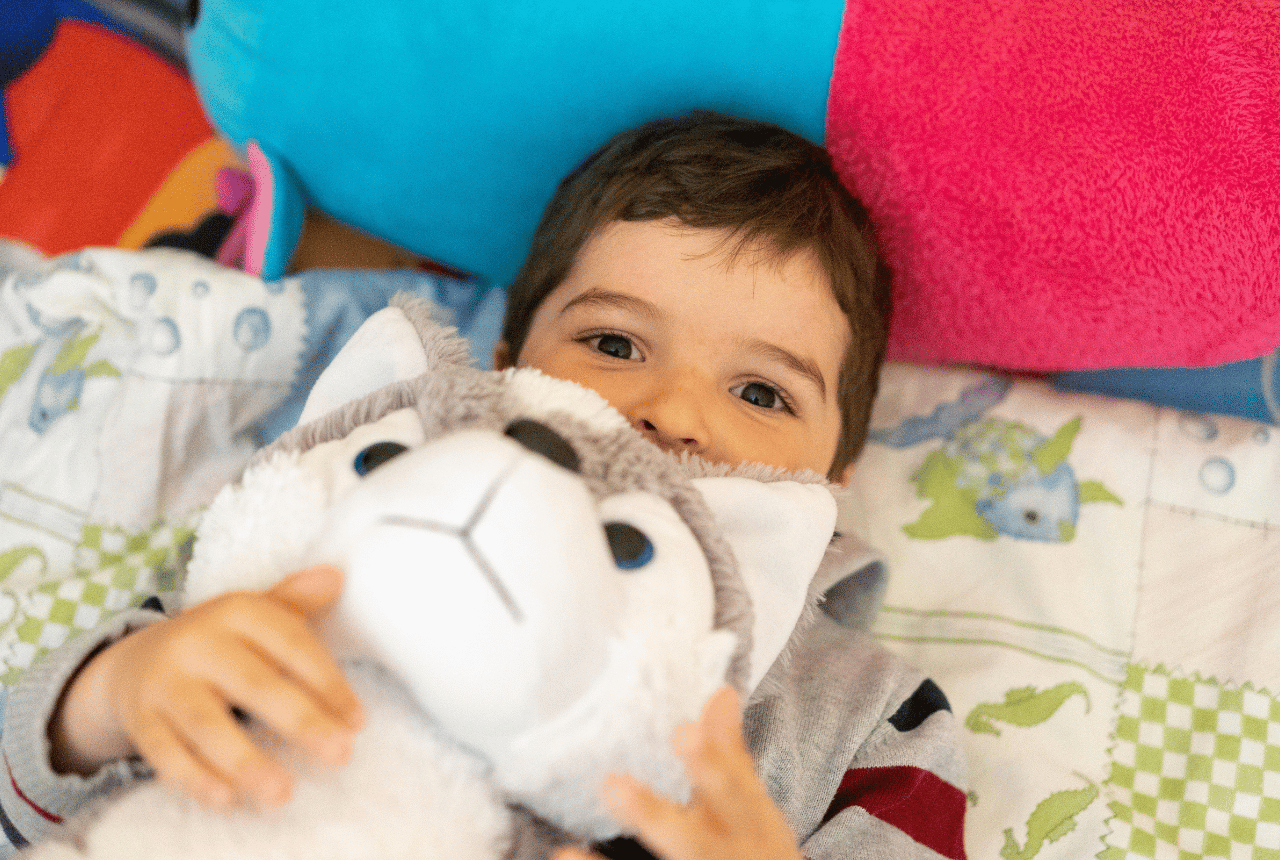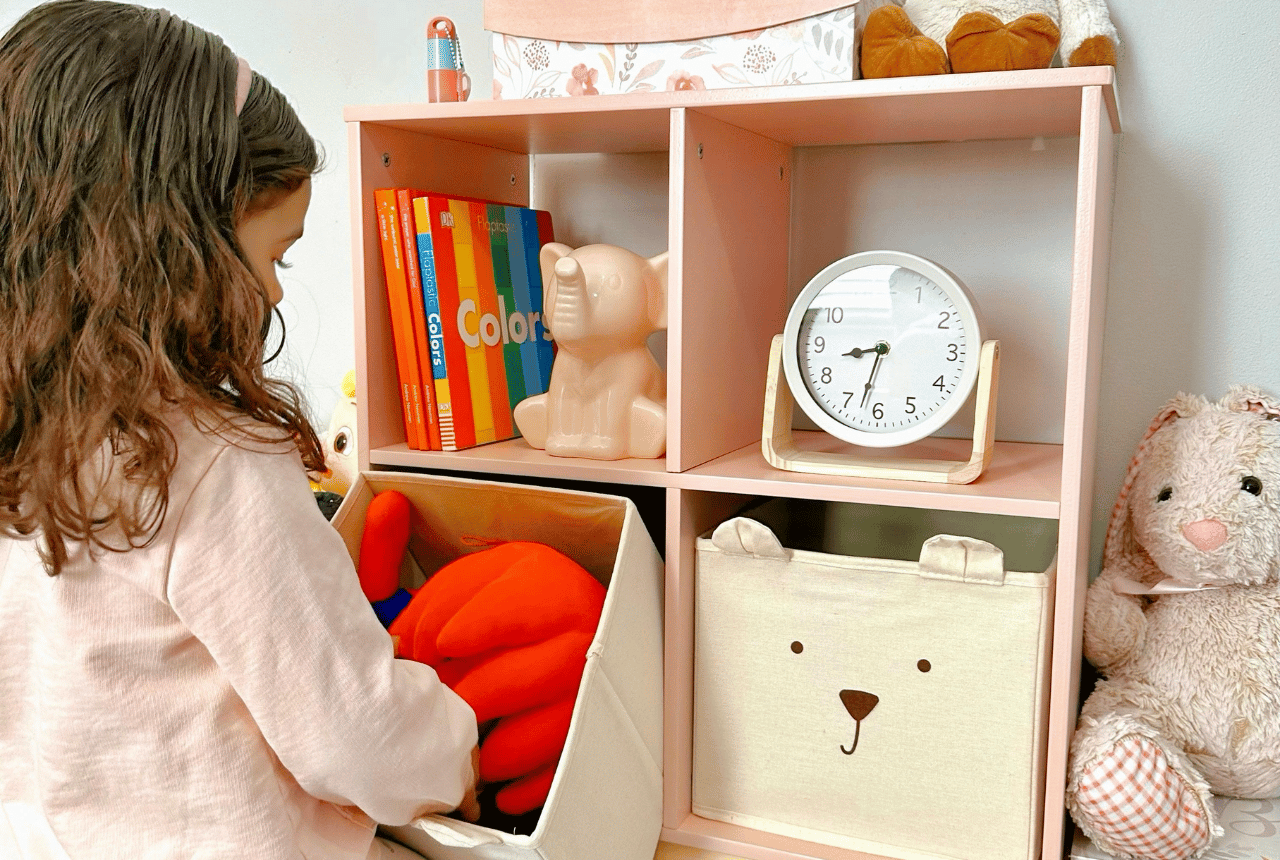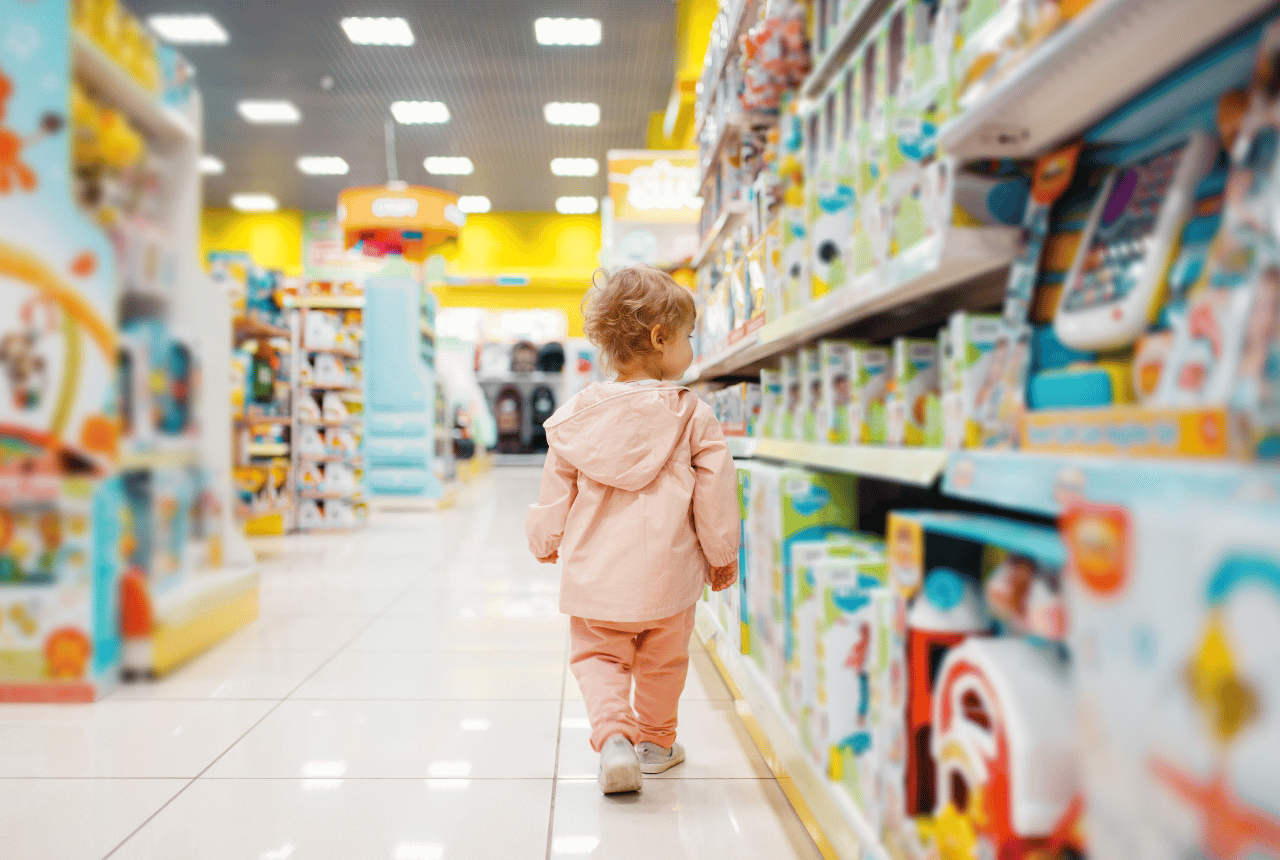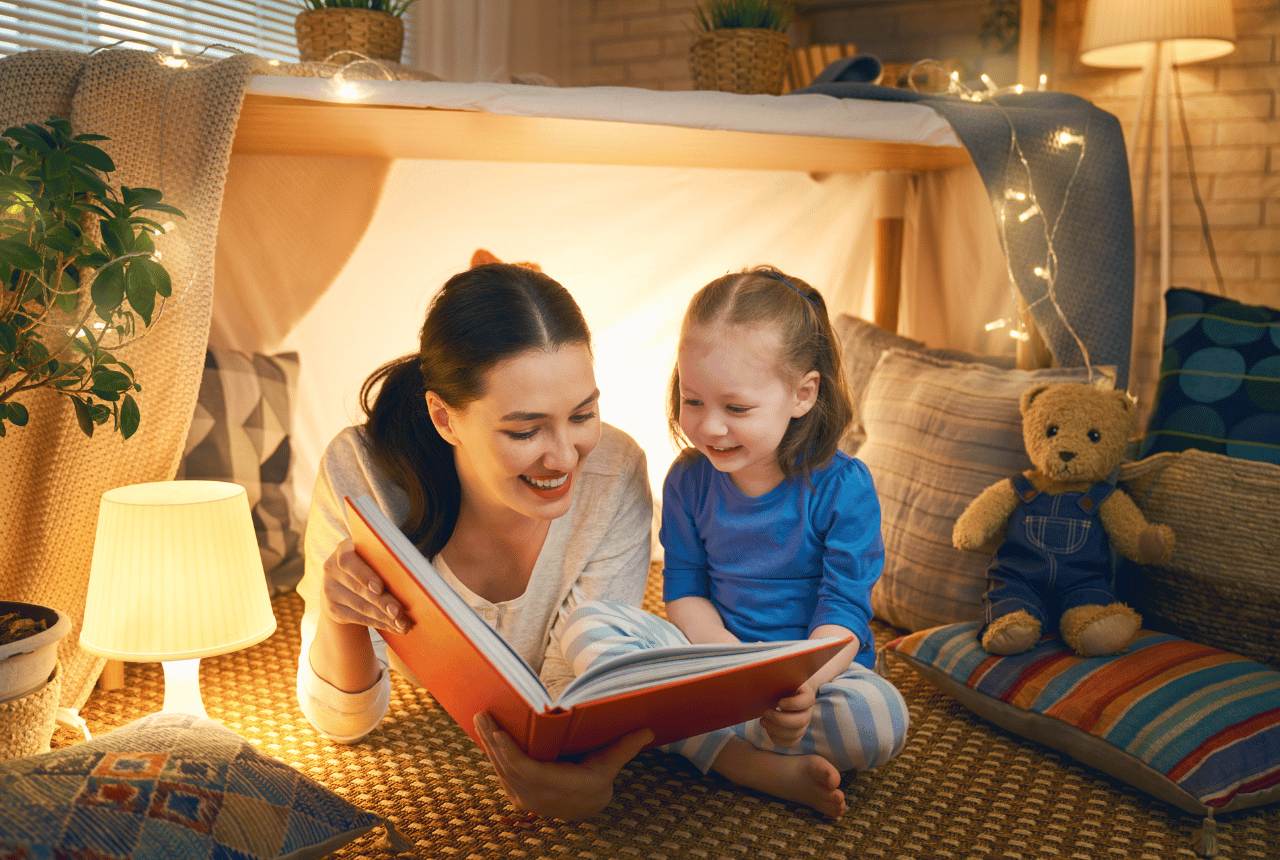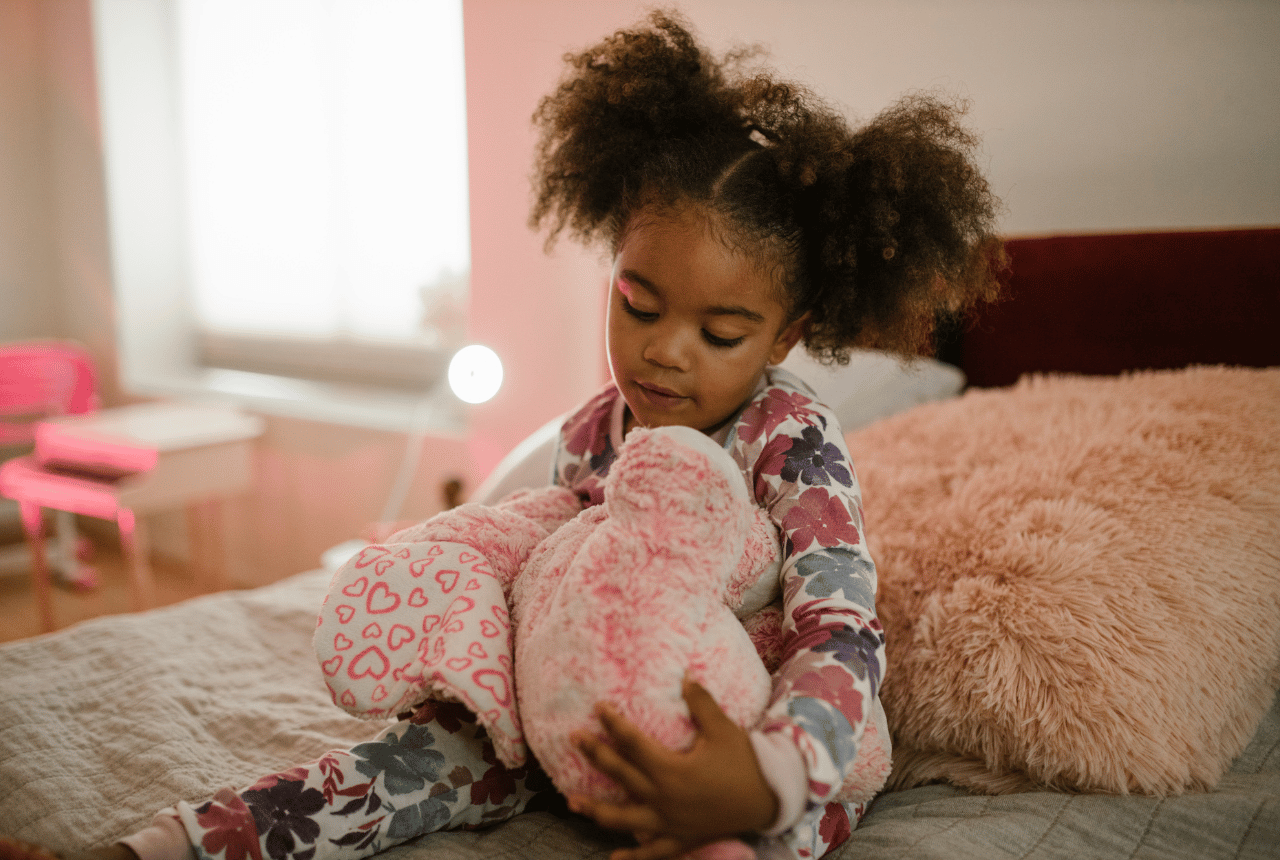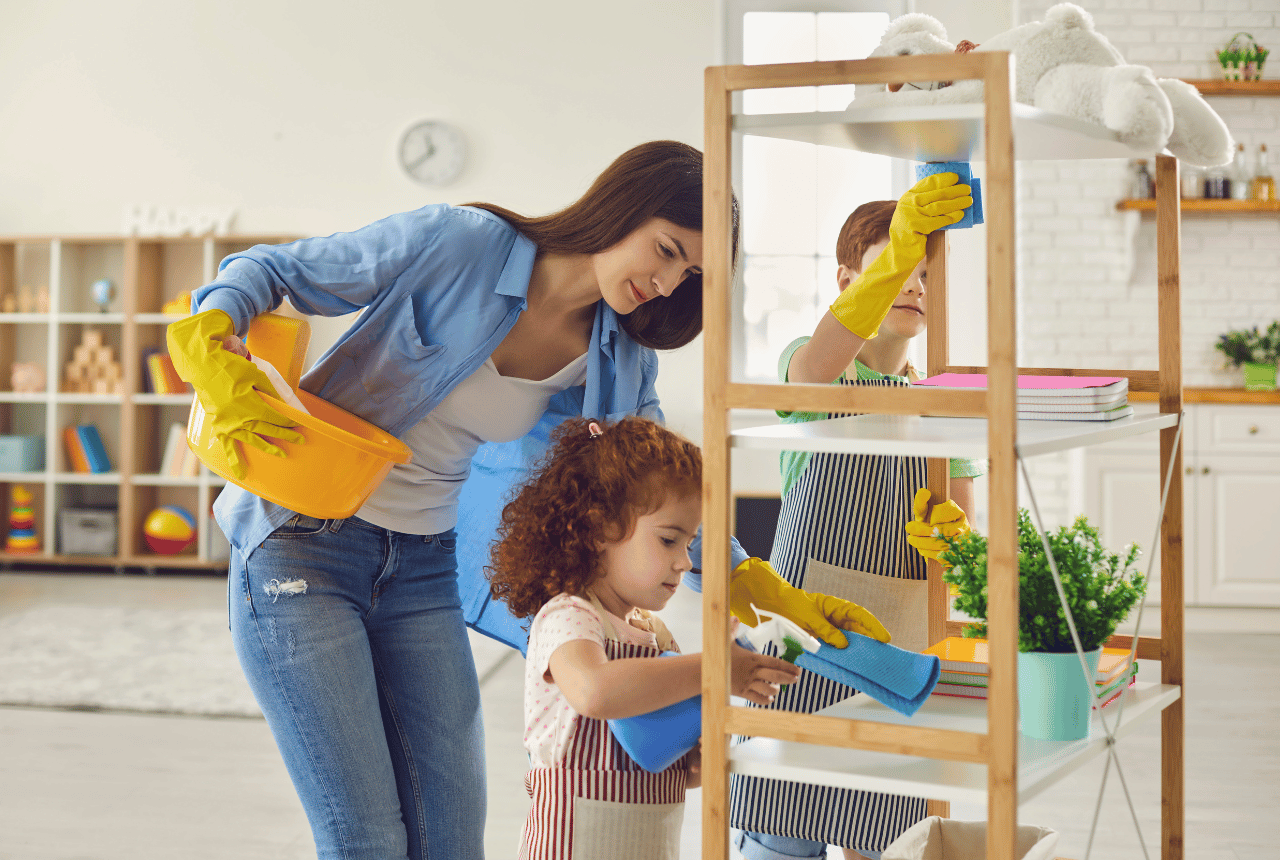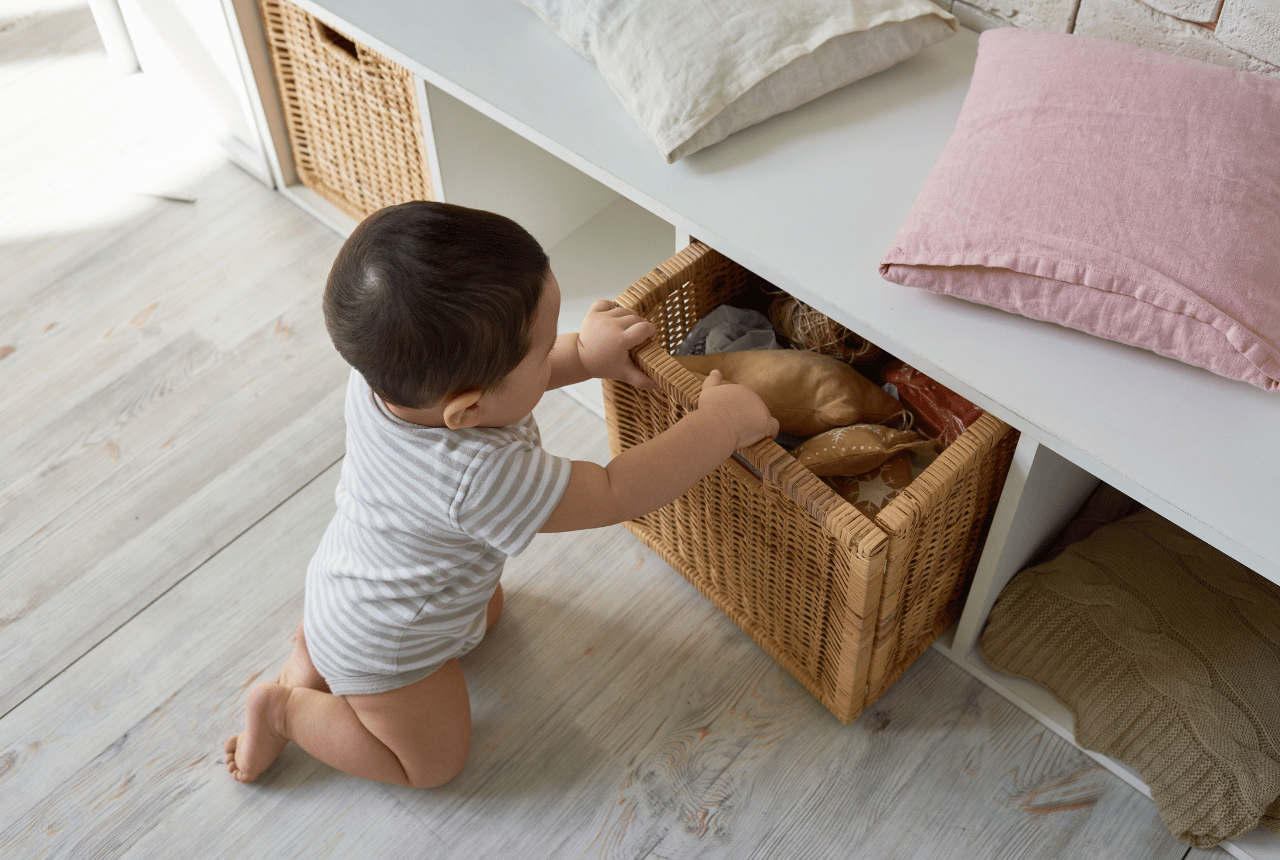Tiny Space, Big Confidence: 15 Ways to Empower Your Preschooler Through Their Own Space
Ever notice how preschoolers have big opinions about the smallest things?
The blue cup, not the red one. That shirt, not the one you picked. A blanket fort in the living room—for three days straight.
Here’s the thing: they’re not just being picky. They’re figuring out who they are.
And one of the most powerful (and often overlooked) ways we can support that growth is by giving them a voice in the spaces they spend the most time in.
Whether it’s their bedroom, a reading nook, or even a corner of the kitchen, letting kids help design or decorate their own space builds more than just excitement—it builds confidence, autonomy, and a sense of ownership that stays with them far beyond the preschool years.
In this article, we’ll share simple, meaningful ways to empower your preschooler with choices in their environment—without turning your home into a glitter-covered free-for-all.
Giving your child a say in their space doesn’t mean handing over the reins—it means offering them the chance to feel seen and heard in a world where most decisions are made for them. When we invite their input, we’re not just decorating—we’re building self-esteem, resilience, and the kind of independence that grows from being trusted.
Here are some simple, purposeful ways to let them take part in shaping their environment—without overwhelming you or them:
1. Offer Choices, Not Unlimited Options
“Do you want the rainbow pillow or the animal one?” goes a lot further than “Which pillows do you want?” A small set of thoughtful choices helps kids feel in control without decision fatigue.
2. Create a “Yes” Space
Designate an area—on a shelf, a wall, or a corner—that’s completely theirs. Art projects, favorite photos, or a rotating display of “treasures” from outside. It gives them pride, and a safe way to explore autonomy.
3. Let Them Make Real, Low-Stakes Decisions
Want to paint the walls teal or add glow-in-the-dark stars to the ceiling? Why not. Most things can be adjusted as they grow—and letting them choose now teaches that their preferences matter.
4. Set the Stage, Then Step Back
Sometimes our best role is creating the opportunity, not directing the outcome. Try giving them a small shelf and a bin of décor or toys and let them arrange it however they like. Resist the urge to “fix” it—this is their creative process.
5. Turn It Into a Project You Do Together
Flip through a magazine, look at inspiration photos, or just talk about how they want their space to feel. Cozy? Bright? Like a castle? Build from there. Let them sketch it out, make a mini “mood board,” or help move things around.
6. Add Personal Touches
Let them pick out a picture frame, choose a special stuffie for their bed, or tape up their latest scribbles. These small choices are a big deal to preschoolers—and they build a sense of identity and belonging.
7. Embrace the Weird Stuff
If they want to line up a bunch of trucks on the window sill or hang a feather duster from their lamp (true story!), it’s okay. These quirks are part of their voice, their process, and their growth. You don’t have to understand it—you just have to honor it.
8. Rotate and Refresh Together
Preschoolers grow fast—and so do their interests. Involve them in “refresh days” where you update their shelf, change out a poster, or swap out books. It’s a great way to teach flexibility and helps them understand that change can be fun and safe.
9. Honor Their Sensory Needs
Some kids crave soft blankets and low light. Others want bright colors and music playing. Ask them what helps them feel calm or happy in their space. Even just dimming a lamp or adding a cozy corner can make a big difference in how they regulate themselves.
10. Keep Tools and Toys Within Reach
When kids can access their art supplies, favorite books, or calming items on their own, they learn how to meet their needs independently. Keep things at their eye-level and where they can reach it.
11. Use Routines to Reinforce Ownership
Invite them to help tidy up, restock their art caddy, or organize their bookshelf. These daily rituals give them pride in maintaining their space—and build routines that carry into the classroom and beyond.
12. Give Their Favorites a “Home”
Have a basket for their top three bedtime books or a hook just for their favorite hoodie. When items they care about have a consistent place, it reinforces responsibility and creates a sense of security.
13. Let the Space Grow with Them
As their interests change, let the space evolve too. A shelf that once held board books might one day house puzzles or art supplies. Involve them in making swaps—it teaches adaptability and that change can be a collaborative, positive thing.
14. Model Your Own Creative Corner
Even if it’s a shelf with your books or a cozy chair where you journal, showing your child that you value personal space helps them understand why theirs matters too. It normalizes self-expression and reflection.
15. Celebrate Their Choices Out Loud
When they pick a new spot for their blanket or line up their toys “just so,” point it out: “I love how you made this space feel like you!” Naming the effort helps them feel seen—and builds the confidence to keep exploring what they like.
Giving your preschooler some control over their space might feel like a small thing—but it’s a powerful way to say: I see you. I trust you. Your voice matters here.
And when a child feels that kind of safety and ownership in their environment, they carry it with them—into school, into friendships, into every new experience that comes next.
So if your living room ends up with a glittery art station or your child’s bed is covered in dinosaur stickers... lean in. This is how confidence grows.
You don’t have to overhaul your home or say yes to everything. You just have to offer space for them to grow into who they’re becoming—with your guidance, your grace, and a little bit of breathing room.
Want more simple ways to build confidence, independence, and meaningful memories with your child?
📬 Download our free Family Fun Passport—a printable adventure tracker designed to turn everyday moments into connection-filled experiences.
Free Resource
Thank you for reading this content. And if you loved this post, please be sure to join our Parent Advisor Facebook group where we share more insights and community.
Download the FREE My AWESOME ME Coloring Book—filled with affirmations and coloring pages your child can personalize and proudly display in their space.
Visit our Parent Advisor and The Buzz Blogs to learn more about related topics and parenting tips. You are welcome to join our private Parent Advisor Facebook group. It’s a growing community of parents and preschool teachers where you can learn and share more parenting tips.

